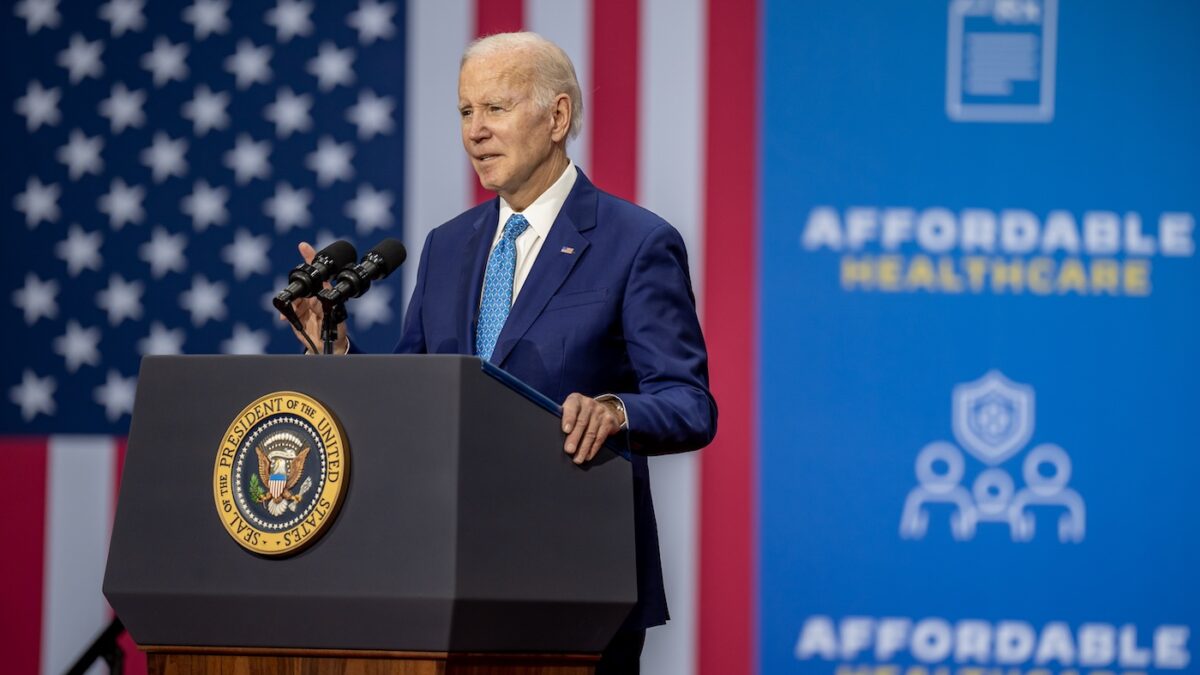
Cities can be great places to live because of job opportunities and a wide array of amenities. Indeed, Professor Edward Glaeser’s seminal book, Triumph of the City, chronicles the rise of cities while also explaining their beneficial effects on productivity, health, and happiness. Yet despite all of that, we might be on the precipice of one of the greatest interstate migrations in our nation’s history.
While there were always costs associated with living in cities that we would put up with, the landscape is dramatically changing. The COVID-19 pandemic highlighted the genuine costs of city living, with the heightened risk of contracting the coronavirus just one example. For instance, my research has highlighted how areas with greater population density have higher infections per capita and a larger spread in the virus, which is strongly mediated by the presence of “social capital,” or ties that bind a population together.
Moreover, cities have experienced a surge in violence and crime with mayors and city councils that are arguably pouring gasoline into the fire by further crippling the budgets of police departments. For example, Mayor Bill de Blasio recently agreed to cut $1 billion from the New York City police budget. While the desire to invest more in communities is good, cutting police budgets undermines safety — which is a precondition for community investments that foster social ties — and reallocating it towards existing social services presupposes that these services already have a healthy “return on investment.”
In addition to these patterns, there is a rising cost of living in cities and an expansion of homelessness. The growth in the cost of living is concentrated in areas with heavy housing market regulation, which reduces the relative wage advantages even for skilled workers when working in expensive cities.
This has also led to an increase in commute time and congestion, creating delays and inconveniences for the middle class who may not be able to afford a residence in a city center. Data from SocialExplorer shows the share of workers over the age of 16 with at least a 30-minute travel time to work grew from 33 percent in 2006 to 37 percent in 2018.
Recent evidence from the Census Bureau’s Household Pulse Survey reveals significant concerns about housing insecurity, which they define as the “percent of adults who missed last month’s rent or mortgage payment, or who have slight or no confidence that their household can pay next month’s rent or mortgage on time.” Extrapolating additional data from SocialExplorer shows that states with greater housing insecurity also have a higher cost of living — a correlation of 0.44 with the ratio of annual rental payments to median household income. This suggests the same people bearing the bulk of the burden from the pandemic are those living in high-cost areas.
While the Trump administration has provided relief to many homeowners, those who experienced a layoff or furlough have nonetheless had a tough time keeping up with payments, as seen by a new spike in mortgage delinquencies. There’s only so much money taxpayers can provide before individuals decide to chart another course of action for their lives.
Meanwhile, the rise of remote work allows high-skilled service employees to work from nearly any location. A recent study from the National Bureau of Economic Research found that more than a third of employees who were working pre-COVID-19 are now working from home. Some companies, such as Twitter and Square, have already made commitments to transition their employees permanently into working from home.
Of course, not every county has high-speed internet, and not every individual has a computer. That said, a bipartisan effort is underway between the White House and GOP allies and the House to pursue an infrastructure bill. Although many important details need to be worked out, specifically digital investments for rural America, there is progress in the conversation.
This proposed spending would allow learners to participate in the digital economy from anywhere. Rather than having to take additional courses in-person at a well-known university — many of which are staying online over the next year as states decide how to reopen — edtech companies, such as Coursera and edX, have surged in enrollments to fill the rise in demand for learning over the pandemic.
While we’re already beginning to see signs of economic revival, some areas are experiencing much more of an economic recovery than others. Bad policies and scattershot implementation of Band-Aid solutions have caused other areas to worsen, doing little to mitigate the virus or revitalize the economy. The beauty of interstate travel, however, is that it’s easier than ever to pack up the bags and go, especially if you can work remotely.
It will be interesting to see what Congress can do to address rural needs while still minding the fact that millions still live in large cities — at least for the time being. Let’s see what the future holds as people begin to re-evaluate the costs and benefits of their residential decisions. Cities might be here to stay, but the people in them are not.









